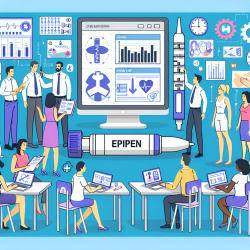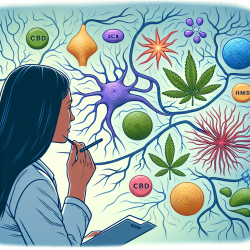Introduction
As practitioners dedicated to improving outcomes for children, it is crucial to stay informed about the latest research and methodologies that can enhance our practice. The study titled "Hidden populations: discovering the differences between the known and the unknown drug using populations in the Republic of Georgia" provides valuable insights that can be applied to our field, particularly in understanding and reaching underserved populations.
Understanding Hidden Populations
The research highlights significant differences between known and unknown populations of people who inject drugs (PWIDs) in Georgia. These differences are crucial for planning effective harm reduction activities. The study emphasizes the importance of Peer-Driven Interventions (PDI) in reaching hidden populations and suggests that these interventions can be adapted to other contexts, including speech language pathology.
Implications for Practitioners
For practitioners in speech language pathology, understanding the dynamics of hidden populations can lead to more effective interventions. Here are some key takeaways from the research that can be applied to our practice:
- Data-Driven Decisions: Utilize data to identify underserved populations and tailor interventions to meet their specific needs.
- Peer-Driven Interventions: Consider implementing peer-driven models where individuals within the community help disseminate information and resources, similar to PDI in harm reduction.
- Holistic Approach: Address not only the immediate needs but also the broader social and environmental factors that affect the populations we serve.
Encouraging Further Research
The study encourages sustained global efforts to reduce the burden of diseases, which can be paralleled in our efforts to improve child outcomes. Practitioners are encouraged to conduct further research to explore the applicability of PDI models in speech language pathology and other therapeutic fields.
Conclusion
By understanding the differences between known and unknown populations and implementing innovative strategies like PDI, practitioners can enhance their ability to reach and serve hidden populations. This approach not only improves individual outcomes but also contributes to the overall well-being of the community.
To read the original research paper, please follow this link: Hidden populations: discovering the differences between the known and the unknown drug using populations in the Republic of Georgia.










